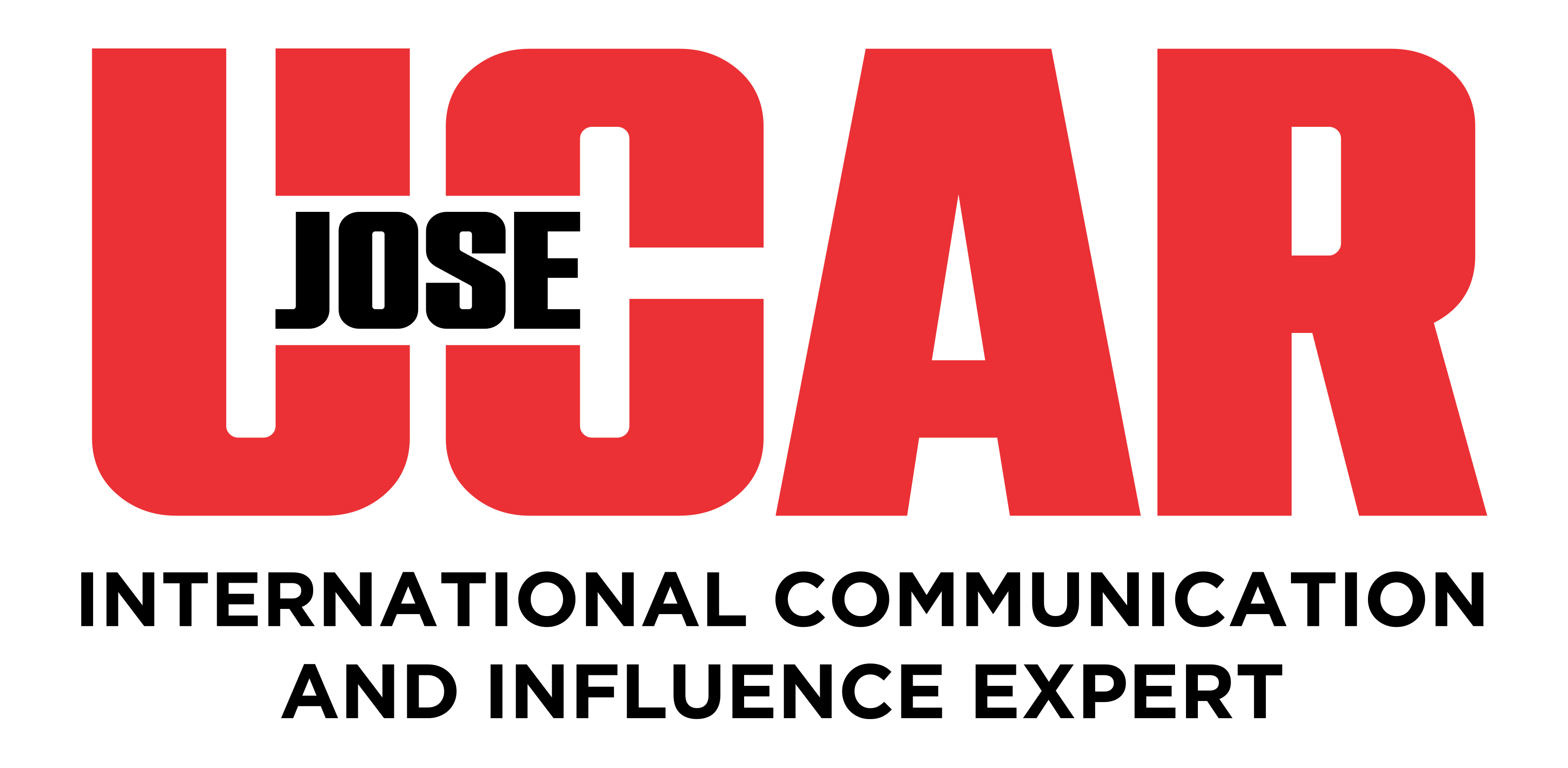Communication has a significant impact on our ability to succeed. It can make the difference between getting a job or a promotion, impacting your audience with a speech, forging a connection with the right person at an event, and making new friends in social situations.
All of these scenarios affect how we see ourselves. If we can live up to our potential as humans, we tend to feel so much better. And the great news for everyone is that we can all achieve wonderful things if we learn to communicate more effectively.
With this in mind, I would like to share my advice on improving your communication skills with you. I have dedicated my life to public speaking, and I am passionate about helping others develop their abilities, so I would love it if I could help you.
Recognise That You Can Learn Charisma
We often think of charisma as a special gift, the ‘Je ne sais quoi’ that makes someone star-like, when actually there are extensive studies that show it’s not so much a gift as a learnable skill.
Think about the people you admire. What traits do they have? These people usually carry a sense of style, flair, and confidence. Crucially, they are also excellent communicators, have a certain maturity and character, and tend to be humble and compassionate. They also talk the talk and walk the walk, are well aware of people around them, have excellent listening skills and positive body language.
If that sounds daunting to you, it need not be because all of these skills and behaviours are underpinned by successful strategies and can therefore be learned and improved upon until they become highly effective weapons in your armoury.
Empathise And Listen
The first step to connecting with someone is to empathise with them. If you can see things from another person’s perspective and understand how they feel, you will unlock ways to influence them that you cannot access without empathy.
The best way to get better at empathising is to focus on whole-body listening so that you can truly hear what someone is trying to communicate to you, both verbally and non-verbally. To do this, always be in a state of curiosity when you listen. Keep your focus entirely on the other person, match their posture and their language patterns and ask predominantly open questions that encourage them to reveal more about themselves.
Engage Your Audience
After you become a better listener, the next step is to become a better communicator when you speak so that your audience listens intently to you. To do this, focus on the following key elements:
- Eye Contact: We intuitively feel that when someone’s gaze shifts away from us, their attention has also shifted away from us. So when you are present and looking someone in the eye, the impact of that connection can be powerful. In addition to feeling heard, because of your empathy and good listening skills, people feel seen.
- Enthusiasm: This is difficult to fake because it is such an authentic emotion. It can only occur when you sincerely engage with what someone else is doing or saying. For your enthusiasm to come across powerfully, you have to feel it sincerely. When you do, it tends to be contagious and gives you the ability to uplift another person by praising their actions or ideas.
- Self-confidence: If you can act authentically and with assurance without worrying about what other people think, you naturally come across as composed, genuine, and natural. Many people are so busy worrying about how they appear that they come across as nervous or inauthentic. Their focus is on themselves rather than on the other person. When you are fully present, you are focused on others rather than yourself.
- Humour: Humour is a valuable and effective tool for communicating just about anything because it breaks down barriers. ‘Carefully’ disguised as fun, humour can smuggle new ideas into people’s hearts. And it does not have to just be incorporated in the form of funny anecdotes in your presentations. You can also use it in casual conversations, emails, and even your out-of-office message. If you’re sending out a mundane communication where humour wouldn’t be out of place, consider dropping in an amusing comment to make it more memorable.
Build A Rapport
The first step to forming a relationship with someone is getting their attention. The second step is building a rapport, and it is absolutely critical if you want your relationship to last.
If you are in business, I guarantee that most of your customers deal and buy from you because of the level of rapport you have with them. As humans, we are more likely to stay with someone to whom we feel connected than when it isn’t the case. For example, studies have shown that hospital patients who build rapport with the nursing staff have a greater statistical chance of recovery due to the superior care they get in return.
You can build rapport face to face, over the phone, via email, and through WhatsApp and Zoom. You can do it over time, shortly after you have met, or instantly in a meeting. No matter the circumstances or the people involved, the quality of the rapport will make the difference.
How outstanding communicators build rapport:
- Seek first to understand, then to be understood.
- Look to connect with the people they come into contact with.
- Whole-body listening.
- Appreciate and respect that we all have different styles, values, and beliefs.
- Affirm what’s good in others.
- Set an intention to leave others feeling a bit better since they understand there are no neutral interactions.
- Gain awareness of the degree to which they are similar (or not) in any of the following, recognising that significant dissimilarity probably indicates lack of rapport:
- Posture: Position of the body, legs, and feet, weight distribution, position of the arms, hands, fingers; shoulder tension or relaxation; the inclination of the head.
- Expression: Direction of the gaze; movement of the gaze.
- Breathing: Rate of breathing; location of the breathing (in the chest, abdomen, or low stomach).
- Movement: Overall tempo of movement; fast, steady, slow, still.
- Voice: Pace, volume, pitch, tone, type of words, intonation.
- Language: Visual, auditory, feelings-based. Values highlighted, chunk size (big picture vs. detailed), problem or desired state orientation, proactive or reactive, use of metaphors or to the point.
If you are keen to improve your communication skills, book a Speaking Strategy Deep Dive Call with Jose.

